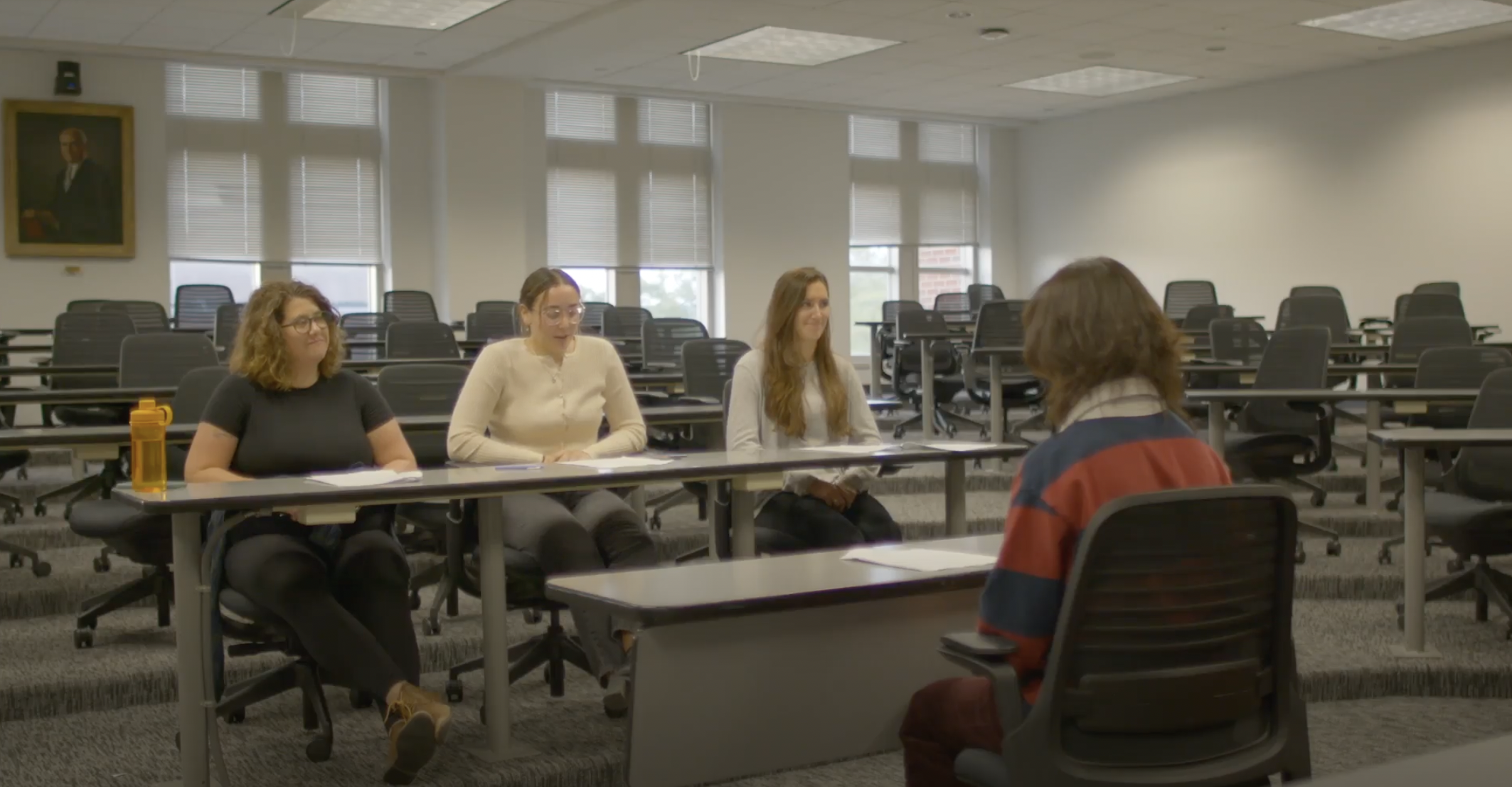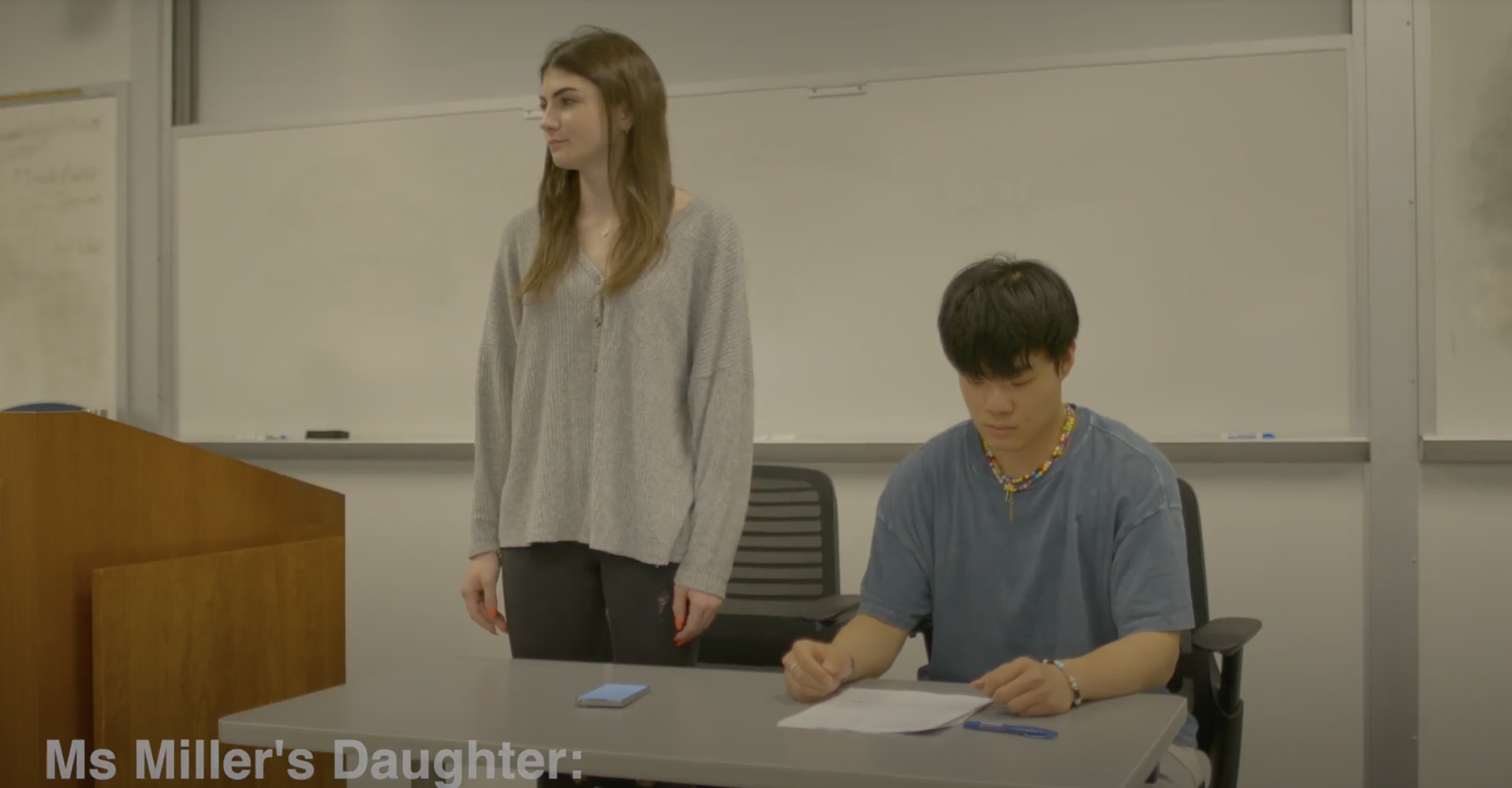By, Ricky Cai, Celeste Marter, Amanda Ortsman, & Xinya Qin
It’s a well-known fact that the criminal justice system in the United States is not functioning as effectively as it should. With a vast number of people incarcerated in the US, it prompts us to reflect critically: what are the systemic failures here? A prime example is the situation of incarcerated women in the US, many of whom are imprisoned for defending themselves against abusers. These women have often suffered from prolonged abuse by partners or family members before they decide to fight back. The critical question then arises: why should they be punished for defending themselves? One solution is to educate these women about the parole hearing process, ensuring they understand what to expect and how to prepare most effectively for it.
Parole is the early release of an inmate from prison due to good behavior. However, this release doesn’t equate to complete freedom. The released individuals must adhere to certain behavioral conditions and regularly check in with their parole officer. Violating any of these rules or guidelines can result in their return to prison. While this process might seem straightforward, there are extensive considerations involved in determining eligibility for parole and deciding who will be granted it. For instance, during parole hearings, board members focus significantly on how the inmate adjusted to prison life and their community participation, looking for indications of hard work and good character.

The Board Members and the Client
Understanding the structure of a parole hearing is crucial for inmates. A typical parole hearing comprises a panel of at least three board members who make the final decision on granting parole. The hearing begins with introductions, followed by a presentation of the client’s case by the assigned board member. The inmate then has an opportunity to share their perspective and argue why they should be granted parole. Additionally, there may be speakers supporting or opposing the inmate’s release, each providing their insights. Furthermore, the warden usually attends these hearings to oversee the process and may add comments regarding the inmate’s behavior throughout their sentence, including any disciplinary issues.

The people speaking for the client.
In our Media for Community Health and Wellbeing course at Tulane University, we collaborated with the Women’s Prison Project at Tulane. This project is a collaborative effort between Tulane’s Domestic Violence and Criminal Justice Clinics, providing legal representation to survivors of domestic violence, trafficking, and other related offenses who are now incarcerated in Louisiana. Our team worked alongside Tulane law students to produce a media piece that simulated a parole hearing. The objective of this film is to educate incarcerated individuals about the parole process, thereby enhancing their preparedness and increasing their chances of a successful parole hearing.
For more information on the process of parole hearings, you can visit the Department of Justice at this link: http://www.justice.gov/uspc/parole-hearings#:~:text=The%20hearing%20is%20conducted%20by,created%20by%20the%20Hearing%20Examiner.
Women’s Prison Project:
 NOLAbeings
Multimedia artist Claire Bangser created NOLAbeings as a portrait-based story project that marries...
NOLAbeings
Multimedia artist Claire Bangser created NOLAbeings as a portrait-based story project that marries...
 Data corner: Adobe Suite (create a PDF, social media graphic, presentation, edit a photo and video
Data corner is where you go to work with analytics and top tech skills. It takes on everything from PERL and SQL to Canva and Sprout Social.
Data corner: Adobe Suite (create a PDF, social media graphic, presentation, edit a photo and video
Data corner is where you go to work with analytics and top tech skills. It takes on everything from PERL and SQL to Canva and Sprout Social.
